Idaho is a nature lover’s dream come true. But, hold your horses – or should we say, hiking boots? – because this pristine wilderness is home to some pretty fierce critters.
Here’s a rundown of the ten most dangerous animals you might encounter in the Gem State:
Rattlesnakes
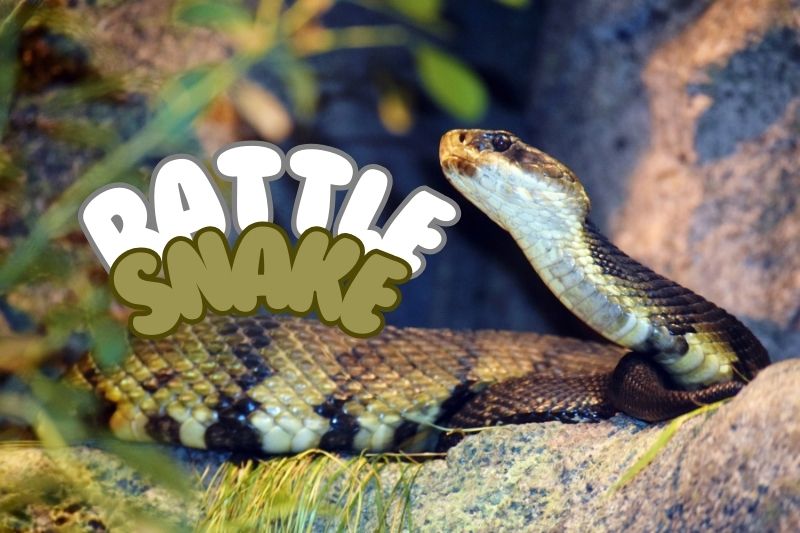
Rattlesnakes are one of the most commonly encountered dangerous animals in Idaho, particularly in the arid and rocky regions of the state. The Western rattlesnake is the most prevalent species.
These snakes are venomous and can cause serious injury or death if not treated promptly. While generally shy and avoiding human contact, they will strike if threatened. Their distinct rattle serves as a warning, so it’s wise to heed it and back away slowly.
The venom of a Western rattlesnake isn’t just dangerous; it’s also medically significant. It’s used in small doses to develop antivenom and has been studied for its potential to treat blood pressure problems and blood clots.
Black Bears
Black bears inhabit many of Idaho’s forested areas. Though they are generally not aggressive towards humans, they can become dangerous if they feel threatened or if food is involved.
Bear attacks are rare but can be severe. It’s crucial to store food securely and maintain a safe distance if you encounter one. While bear attacks are rare, wearing certain colors can either attract or repel bears. Bright colors might make bears curious, while neutral colors may help you blend into the surroundings. Always carry bear spray as a precaution.
Mountain Lions
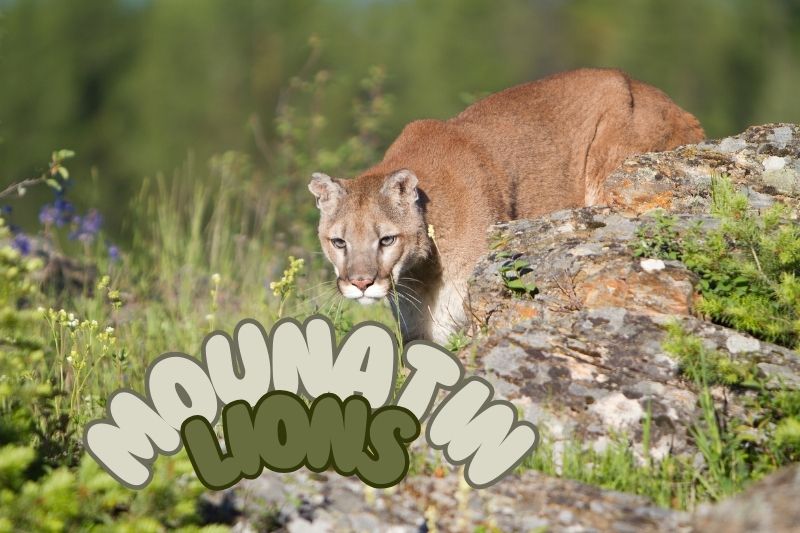
Mountain lions, also known as cougars, are elusive but widespread in Idaho’s wilderness. They are powerful predators capable of taking down large prey.
While attacks on humans are extremely rare, they do happen. If you encounter a mountain lion, make yourself appear larger, maintain eye contact, and slowly back away. Never run, as this can trigger their predatory instinct.
Mountain lions can mimic the calls of other animals to attract them. They are known as excellent mimickers of birds and other forest creatures, which they use to lure in prey.
Wolves
Gray wolves have made a comeback in Idaho thanks to conservation efforts. They are generally not a threat to humans, but conflicts can occur, particularly if they feel their territory or pack is threatened.
Wolves travel in packs and can be highly territorial. If you encounter wolves, make yourself appear dominant, and slowly back away without turning your back. Wolves have a complex system of communication that includes vocalizations, body postures, and facial expressions. They can have different types of howls to signal pack members over long distances or to warn others of territory boundaries.
Moose
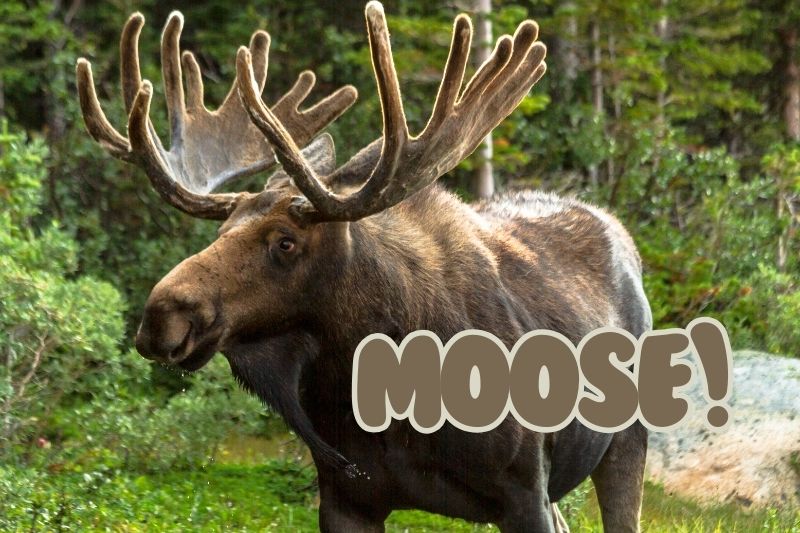
Moose may appear docile, but they are unpredictable and can be highly aggressive, especially during mating season or if a cow feels her calf is threatened.
They are the largest members of the deer family and can cause severe injuries with their powerful kicks and charges. Keep a safe distance and never approach a moose.
Moose are often attracted to roads in winter not just because of the ease of travel but because they crave the salt used on icy roads. This sometimes leads to dangerous encounters with vehicles.
Grizzly Bears
Grizzly bears are more aggressive and larger than black bears. They are found in the remote and mountainous regions of Idaho. Encounters with grizzlies are more dangerous due to their size and temperament.
In case of a grizzly encounter, it is recommended to carry bear spray and use it if the bear charges. Despite their large size, grizzly bears can run up to 35 miles per hour, which is as fast as a horse. This makes it crucial never to attempt to outrun a grizzly.
Coyotes
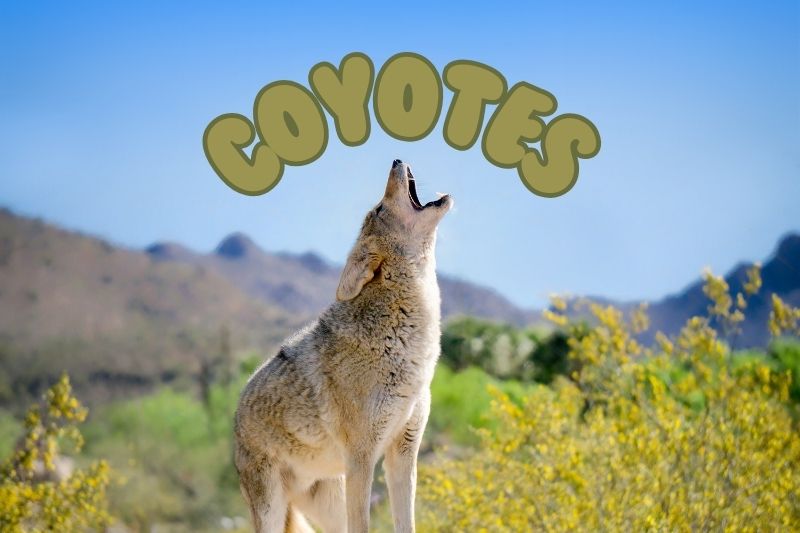
Coyotes are widespread across Idaho and, while typically avoiding humans, can become aggressive, particularly if they are protecting their young or are rabid.
They are also known to target pets. If you see a coyote, make loud noises to scare it away and ensure pets are supervised when outside. Coyotes are one of the most adaptable creatures in North America. They have been found living in urban environments as diverse as downtown Los Angeles and New York City.
Lynx
The Canada lynx is a rare but present species in Idaho. These elusive cats are generally not a threat to humans but can be dangerous if cornered or threatened.
They are protected, so encounters are rare, but it’s best to leave them alone if spotted. It can be difficult to tell a Canada lynx and a bobcat apart. One key difference is the tip of the tail: a lynx’s tail tip is completely black, whereas a bobcat’s tail appears more striped with black bands.
Bull Snakes
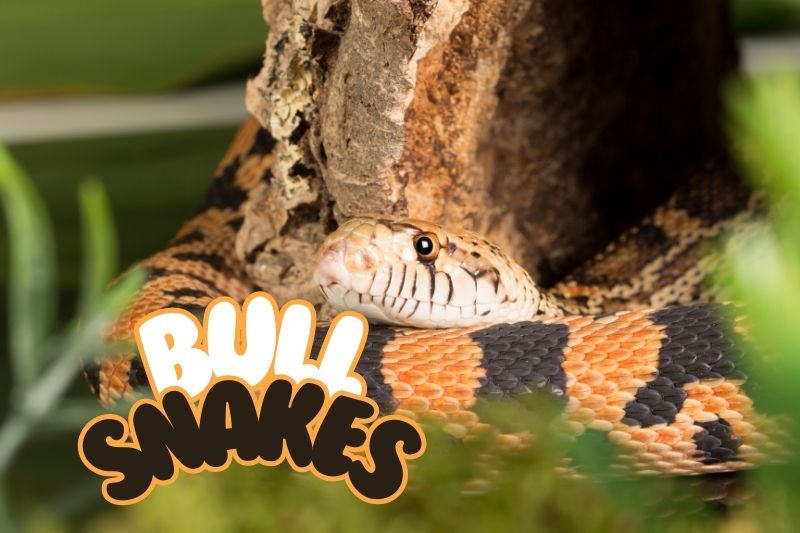
Though non-venomous, bull snakes can be quite aggressive if provoked. They are often mistaken for rattlesnakes due to their similar appearance and behavior when threatened, including hissing and vibrating their tails. Their bite can be painful and cause infection, so it’s best to avoid them.
When threatened, bull snakes perform an elaborate bluff, hissing loudly and puffing up their bodies. They often vibrate their tails among dry leaves to mimic the sound of a rattlesnake.
American Badgers
American badgers are tenacious and can be very aggressive if threatened. They have powerful jaws and claws capable of inflicting serious injury. Badgers are mostly nocturnal, so encounters are rare, but they can be dangerous if surprised or cornered. Giving them a wide berth is the best approach.
Badgers can dig at an incredible rate. They’re capable of excavating several meters of dirt in just minutes, creating extensive burrow systems that serve as their homes.







